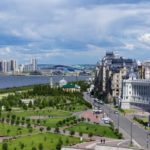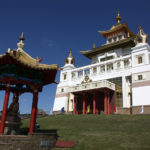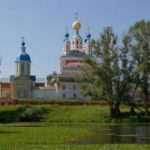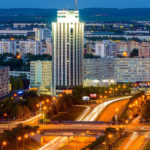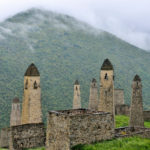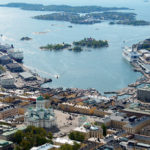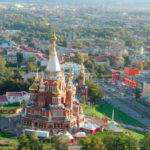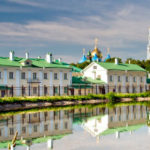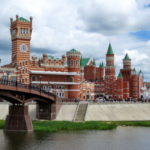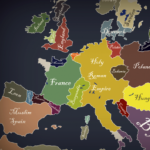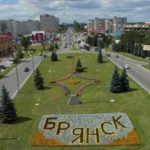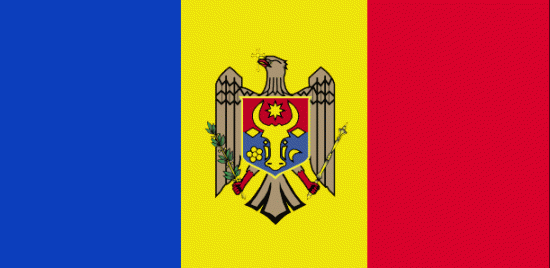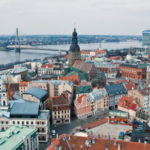17 interesting facts about Tatarstan
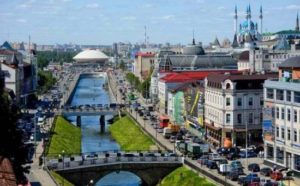 The territories of the modern republic of Tatarstan have been inhabited since ancient times, and its capital itself, Kazan, was once the capital of the mighty principality, which eventually became part of Russia. Since then, this region has flourished, and despite the rapid industrial development, the ancient culture of the past is still fully preserved here.
The territories of the modern republic of Tatarstan have been inhabited since ancient times, and its capital itself, Kazan, was once the capital of the mighty principality, which eventually became part of Russia. Since then, this region has flourished, and despite the rapid industrial development, the ancient culture of the past is still fully preserved here.
Black earth soils occupy more than a third of the territory, which makes Tatarstan one of the most fertile subjects of the Russian Federation.
Here the two largest Eastern European rivers flow – the Kama and the Volga.
It is here that the largest oil fields in Russia are located. In total, according to scientists, about 800 million tons of “black gold” are lurking in the Tatarstan bowels.
The Tatar language in Tatarstan is considered official along with Russian. And about 100 years ago, the Tatar script used the Arabic alphabet, which was first replaced by the Latin alphabet, and then the Cyrillic alphabet.
Natives of Tatarstan have the right to receive passports that differ from standard ones – decorated with the emblem of the republic and containing information not only in Russian, but also in Tatar.
European annalistic sources indicate that until about the sixteenth century the French kiss was usually called Tatar.
Who doesn’t know tartar sauce? But in Europe it is usually called Tatar sauce.
Archaeologists have established that the ancestors of modern people lived in the territory now occupied by Tatarstan, about 100,000 years ago.
Nurmagomet Alimov, a native of the republic, became the first boxing champion of the Russian Empire in 1915, and in 1978 the local resident Galiya Shugurova became the first European champion in rhythmic gymnastics.
The world’s first printed book in the Tatar language was published in Germany in 1962.
The Kazan Khanate arose after the collapse of the Golden Horde and existed for about a century before it was captured by the army of Ivan the Terrible and annexed to Russia.
The capital of Tatarstan, Kazan, bears the title of “third capital of Russia” quite officially.
About half of the population of Tatarstan is ethnic Tatars. In total, representatives of more than 115 different peoples live here.
At the end of the 19th century, the population of Tatarstan, according to the census, was the most literate among all Russian provinces. Here, not only representatives of the nobility were able to read and write, but also the majority of the common people.
The area of Tatarstan is comparable with the area of such Baltic states as Latvia or Lithuania.
About 3 times fewer people live in the whole republic than in Moscow.
During World War II, more than 1 million shells were fired at the defense plants located in Tatarstan for the famous Katyushas, which terrified the troops of the Third Reich.

